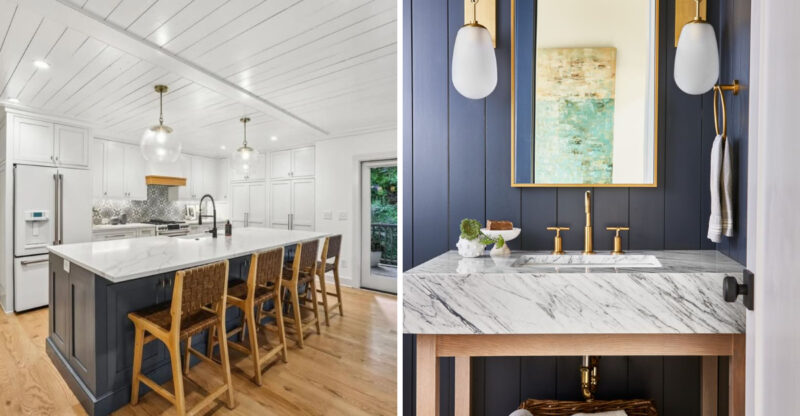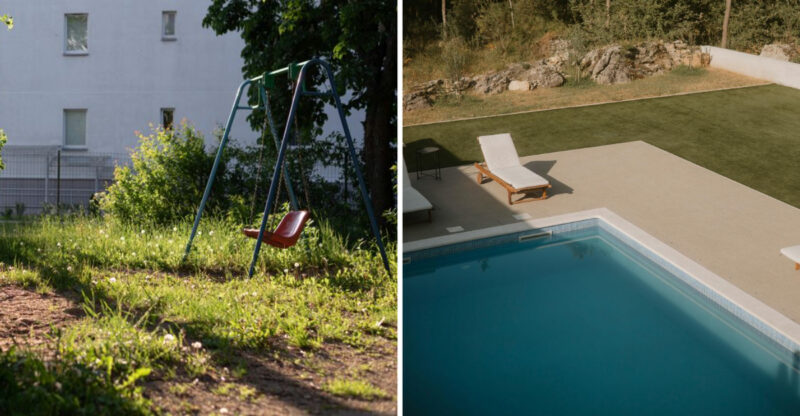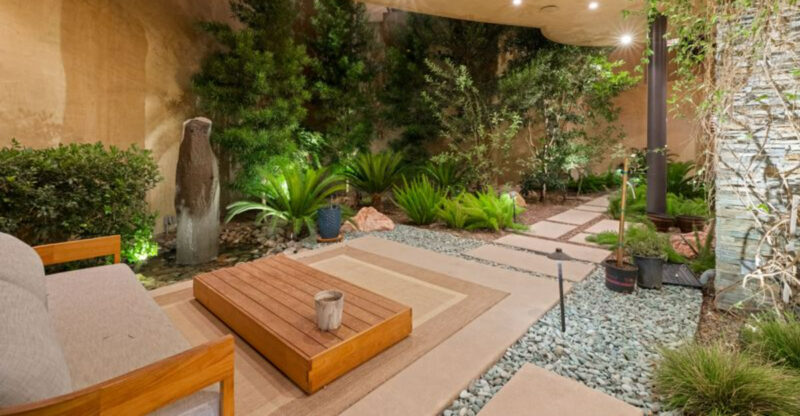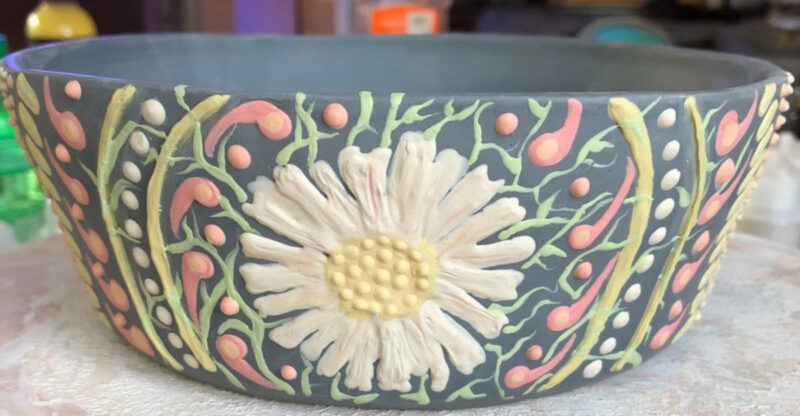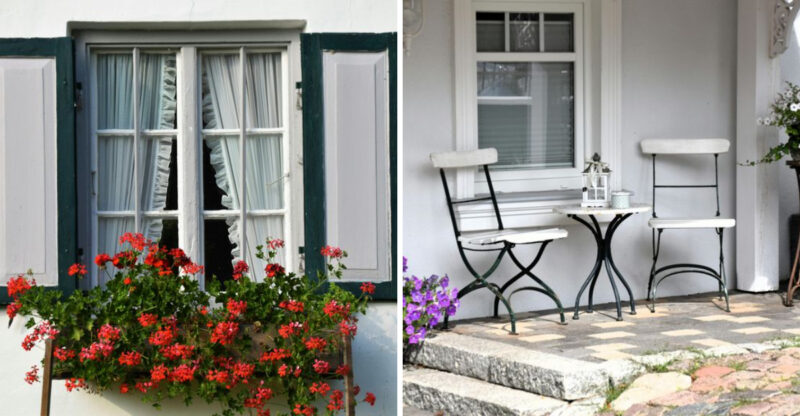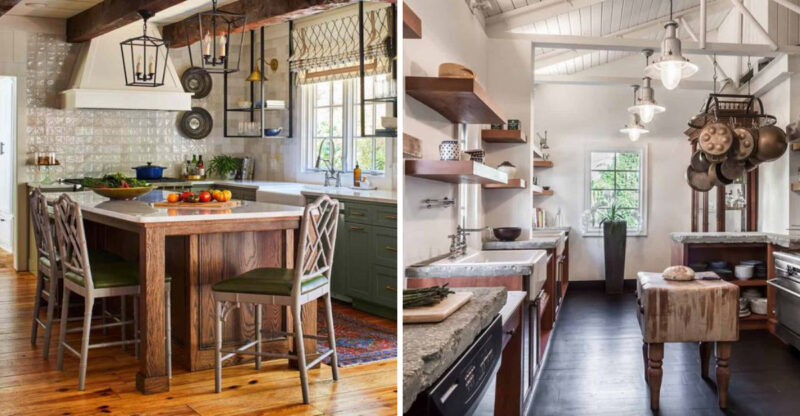Pros Share 10 Cabinet Design Errors That Might Hurt Your Kitchen’s Look
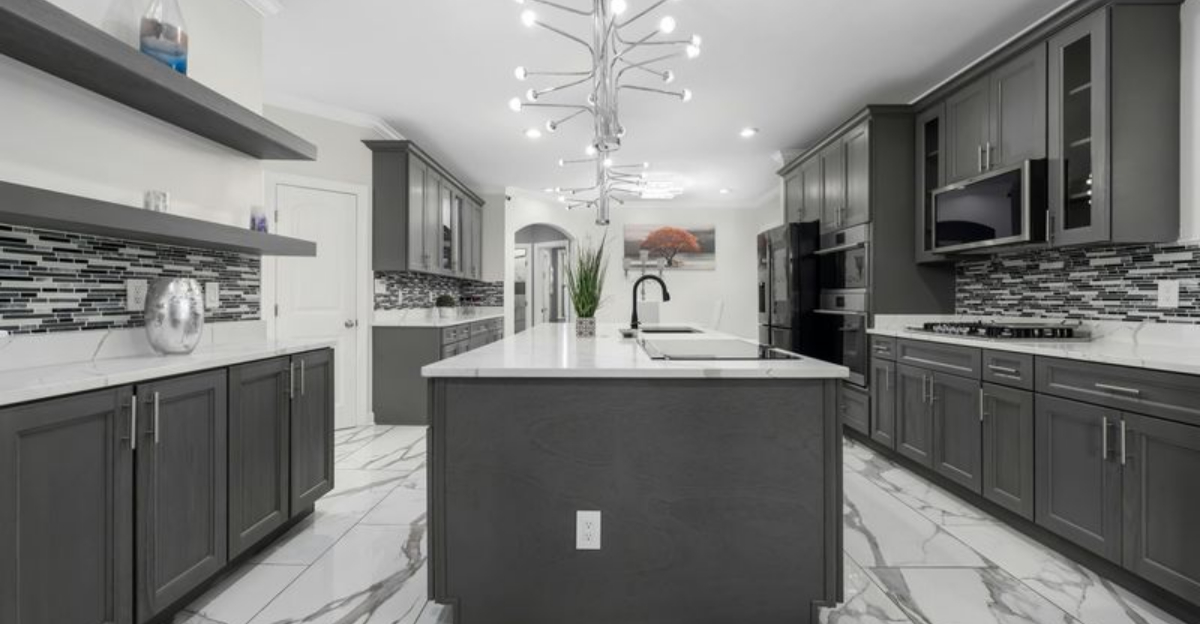
Your kitchen cabinets do more than hold dishes they set the tone for your entire kitchen. When planned thoughtfully, they combine style and function, making the space both beautiful and practical.
But even small missteps can disrupt the flow and visual appeal. Here are some of the most common cabinet mistakes homeowners make, along with tips from top designers on how to avoid them.
Keep in mind that results may vary depending on your kitchen’s layout, size, and existing finishes.
1. Overdecorated Cabinet Doors That Fight With Your Style
Have you ever walked into a kitchen where the cabinet doors seemed to scream for attention? Ornate cabinet doors with excessive detailing can overpower your kitchen’s vibe, especially in modern or minimalist spaces.
I remember visiting a friend’s sleek contemporary kitchen where she’d installed heavily carved Rococo-style cabinet doors. The clash was jarring! Professional designers suggest matching your cabinet style to your home’s overall aesthetic.
For most homes, simple Shaker or flat-panel doors offer timeless appeal without the visual noise. If you love detail, consider adding it in smaller doses through hardware or glass-front cabinets instead.
2. Mix-and-Match Cabinet Finishes Creating Visual Chaos
Mixing cabinet finishes might seem creative, but without proper planning, your kitchen can end up looking like a furniture showroom floor sample. The key to successful mixing is intention and balance.
When I renovated my kitchen, I almost fell into this trap by choosing three different wood tones. My designer stepped in just in time! If you’re set on variety, limit yourself to two complementary finishes perhaps darker lower cabinets with lighter uppers to create visual weight at the bottom.
Another approach is keeping all cabinets consistent while introducing contrast through your island. This creates a focal point rather than a disjointed space where your eye doesn’t know where to land.
3. Loud Cabinet Doors and Drawers That Slam Shut
Nothing disrupts kitchen peace like the bang of cabinet doors. Soft-close hinges and drawer slides aren’t just luxury features they’re sanity savers that protect both your nerves and your cabinetry.
I installed standard hinges in my first apartment to save money. That decision haunted me with every late-night snack run! Beyond the noise factor, slamming doors can damage both the cabinets themselves and items stored inside.
The good news? Retrofitting existing cabinets with soft-close hardware is relatively inexpensive and simple. This small upgrade delivers major benefits in daily use while extending the life of your cabinets by preventing the wear and tear that comes from repeated impacts.
4. Awkward Cabinet Proportions That Look Out of Place
Cabinet proportions can make or break your kitchen’s visual harmony. Cabinets that are too wide, too narrow, or oddly sized create an unbalanced look that subtly bothers anyone who enters your kitchen.
My neighbor installed 42-inch upper cabinets in her 8-foot ceiling kitchen, leaving an awkward 6-inch gap above that collected dust and looked unfinished. Professional kitchen designers recommend following the rule of thirds or the golden ratio when planning cabinet dimensions.
For upper cabinets, heights of 30, 36, or 42 inches work well depending on your ceiling height. Lower cabinets should maintain standard 24-inch depth for proper countertop overhang. When proportions are right, the kitchen feels naturally comfortable, even if people can’t explain exactly why.
5. Cabinets Hung at Uncomfortable Heights
Cabinet height might seem like a minor detail until you’re constantly stretching or stooping to reach what you need. Upper cabinets mounted too high leave wasted space and make daily items inaccessible.
During my sister’s renovation, her contractor installed upper cabinets a full 24 inches above the counter (instead of the standard 18). She needed a stepstool to reach anything beyond the first shelf! Similarly, lower cabinets installed incorrectly can affect countertop height, causing back strain during food prep.
The ideal placement depends on who uses the kitchen most. For most homes, upper cabinets should sit 18 inches above countertops, while base cabinets should create a 36-inch high work surface. These measurements ensure both comfort and functionality for average-height adults.
6. Wall-to-Wall Upper Cabinets Creating Kitchen Claustrophobia
Too many upper cabinets can make your kitchen feel like it’s closing in on you. While storage is important, lining every wall with cabinets creates a boxy, outdated look that lacks breathing room.
I visited a kitchen recently where the owners had installed upper cabinets on all four walls. Despite being spacious, it felt like a storage locker rather than a welcoming cooking space! Modern kitchen design embraces strategic open areas to create visual relief.
Consider replacing some upper cabinets with floating shelves or windows. Even leaving one wall cabinet-free can dramatically open up your space. The trick is balancing storage needs with aesthetic openness you might be surprised how much more enjoyable your kitchen becomes with a little negative space.
7. Static Shelves That Hide Your Kitchen Essentials
Fixed cabinet shelves force you to dig through stacks of pots or crouch down searching for that special spice blend. This frustrating treasure hunt happens in kitchens everywhere because owners skip functional storage solutions during cabinet planning.
When I remodeled my kitchen, adding pull-out shelves transformed how I cook. Suddenly everything was visible and accessible! Beyond pull-outs, today’s options include vertical dividers for baking sheets, deep drawers for pots, and specialized organizers for spices and utensils.
If full replacement isn’t in your budget, retrofit solutions exist for most cabinets. Even simple additions like lazy Susans in corner cabinets or drawer organizers can dramatically improve functionality. Remember, the most beautiful cabinets fail if they don’t make your cooking life easier.
8. Trendy Cabinet Colors That Date Your Kitchen Quickly
That bold turquoise or ultra-trendy gray that looks amazing today might become tomorrow’s avocado green appliance disaster. Highly specific cabinet colors can timestamp your kitchen to a particular era, making it look dated within just a few years.
My cousin jumped on the navy cabinet trend in 2018, and while it looked stunning initially, she’s already feeling the style fatigue. Color trends cycle rapidly in kitchen design, sometimes lasting just 2-3 years before feeling passé.
If you love color, consider incorporating it through easily changeable elements like wall paint or accessories. For cabinets themselves, whites, natural woods, and true neutral tones have remarkable staying power. These timeless choices create a backdrop that can evolve with changing tastes without requiring another costly renovation.
9. Budget Materials That Show Wear After Minimal Use
Bargain cabinets might save money initially, but they often reveal their true cost through rapid deterioration. Low-quality particleboard cabinets can begin sagging under the weight of dishes within months, while cheap finishes chip and peel with normal kitchen humidity.
I learned this lesson when my rental’s laminate cabinets began bubbling near the sink just six months after installation. Quality materials matter tremendously in kitchens, where cabinets face constant use, moisture, and temperature changes.
If budget constraints are real (and they usually are!), consider compromising on less-visible features rather than material quality. Solid plywood boxes with simple doors will outlast fancy cabinets made from inferior materials. Remember that cabinets typically represent about 40% of kitchen renovation budgets because they’re expected to last 15-20 years of daily use.
10. Misaligned Cabinet Hardware Creating Visual Distraction
Cabinet hardware might seem like a minor detail, but misaligned knobs and pulls create a subtle yet persistent visual disruption. When handles don’t line up across cabinet fronts, your eye constantly catches the irregularity even if you can’t immediately identify what’s wrong.
During my kitchen update, I made the mistake of eyeballing hardware placement. The result was a slightly off-kilter look that bothered me every day until I finally fixed it! Professional installers use template guides to ensure perfect alignment.
Beyond straight lines, consistent placement matters too. Decide whether drawer pulls will center or align with cabinet pulls. These small decisions create the polished, cohesive look that distinguishes thoughtfully designed kitchens from DIY projects. When properly aligned, hardware becomes a design element rather than a distraction.

